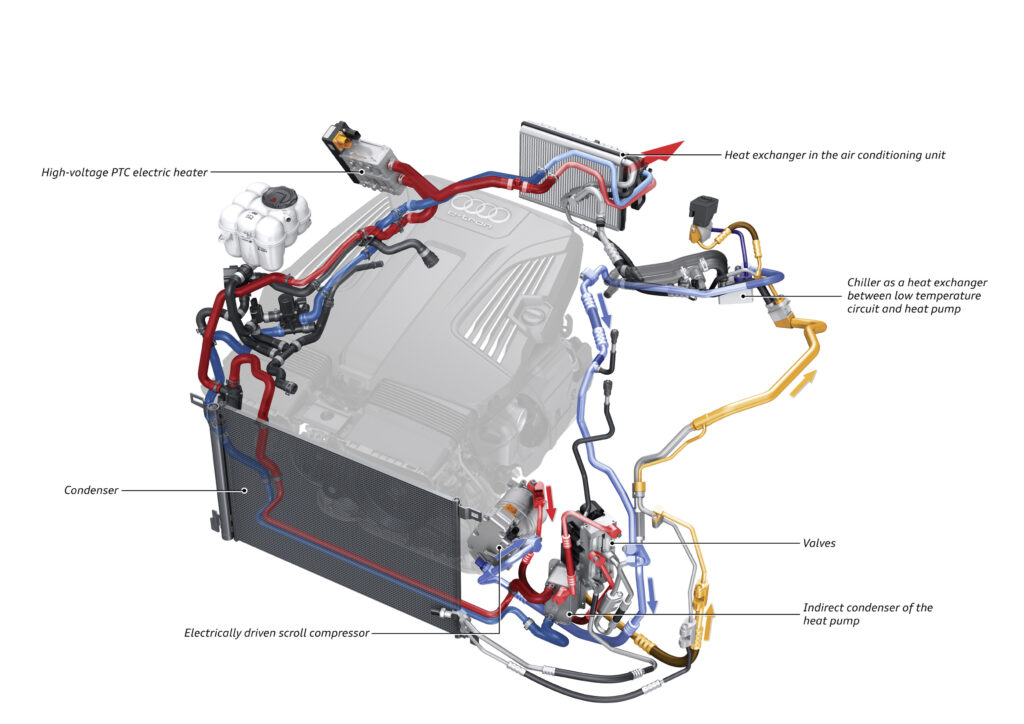WHY AUTONOMOUS DRIVING WILL ULTIMATELY FAVOUR YF OVER R744
- PostedPublished 2 November 2017
DR WAWZYNIAK described at length the challenges of using heat pumps in electrified vehicles, but said a side-effect of autonomous technology – even lower levels that require an alert driver behind the wheel – is making life easier for engineers working on ways of efficiently heating the cabin of a battery-powered car.
Carmakers would love to get rid of the expensive high-voltage electric heaters that run in parallel with the also-expensive heat pump, while maintaining the level of cabin heating performance from at least -20°C achieved today by combustion-engined vehicles.
R744 has been established as the clear leader for heat pump performance in low ambients, but when operating in extreme cold, and even at 0°C, the external heat exchanger is prone to icing either from condensate, water spray from the road surface or, worst, snow.
“Your heat exchanger used to collect this energy has to be colder than the ambient, so if you have an ambient condition of 0°C you are running your system as such that your outside heat exchanger, the one that is collecting the energy and is the condenser in the summer time, is maybe at -5°C,” explained Dr Wawzyniak.
“As your heat exchanger is covered with ice, heat pump performance of course goes down and there is little you can do about that physical phenomenon.”

He said surface coatings can only slow the inevitable icing and the method used by some carmakers is simply to reduce the temperature difference from 5° to perhaps 1°.
Again, this only delays the icing process and has the side-effect of reducing heat pump performance.
A solution is on the horizon, in the unexpected shape of autonomous driving.
“The alternative to heat pumps that collect energy from the ambient is that electric vehicles still produce some waste heat,” said Dr Wawzyniak.
“It’s actually quite a prominent point of discussion in the meetings that we’ve been having lately, that even when not talking about full autonomy the computing power is quite significant.
“For autonomous driving you need several computers. You have a main computer and a backup system if that one fails. If your two systems end up giving you inconclusive data you need a third computer to do a tie-breaker.
“So now you essentially have an on-board heat source that is maybe 2-3kW, which is not bad, maybe it is only 20-30°C but if you combine that with the heat pump you have a pretty nice base from which you can make 50-60°C of warm air.
“Now of course the equation is again different because if you have a heat source that is 20°C you do not need to use CO2, you do not need to use R152a, you could for example use YF so that’s why I also tend to think that the heat pump will not drive us directly to a new refrigerant.”
- CategoriesIn SightGlass
- TagsSightGlass News Issue 11

